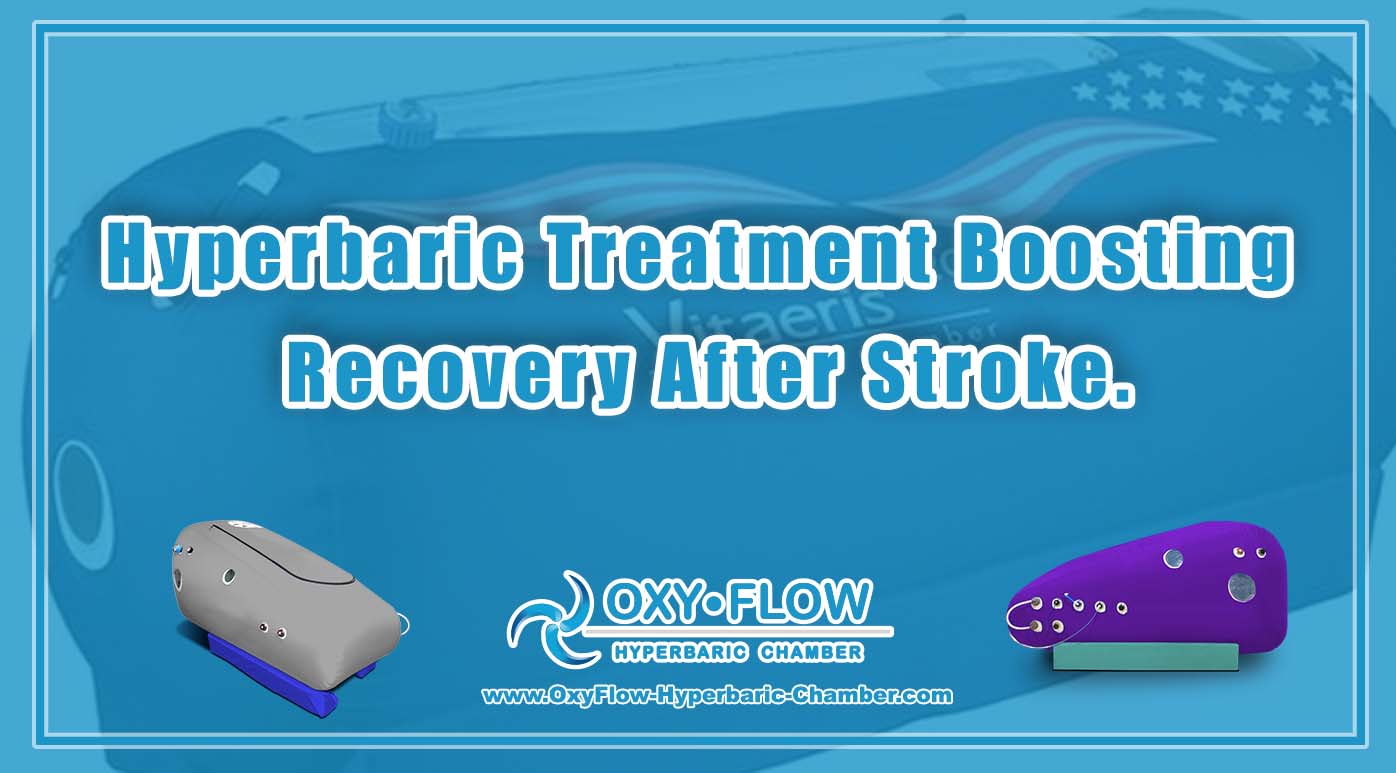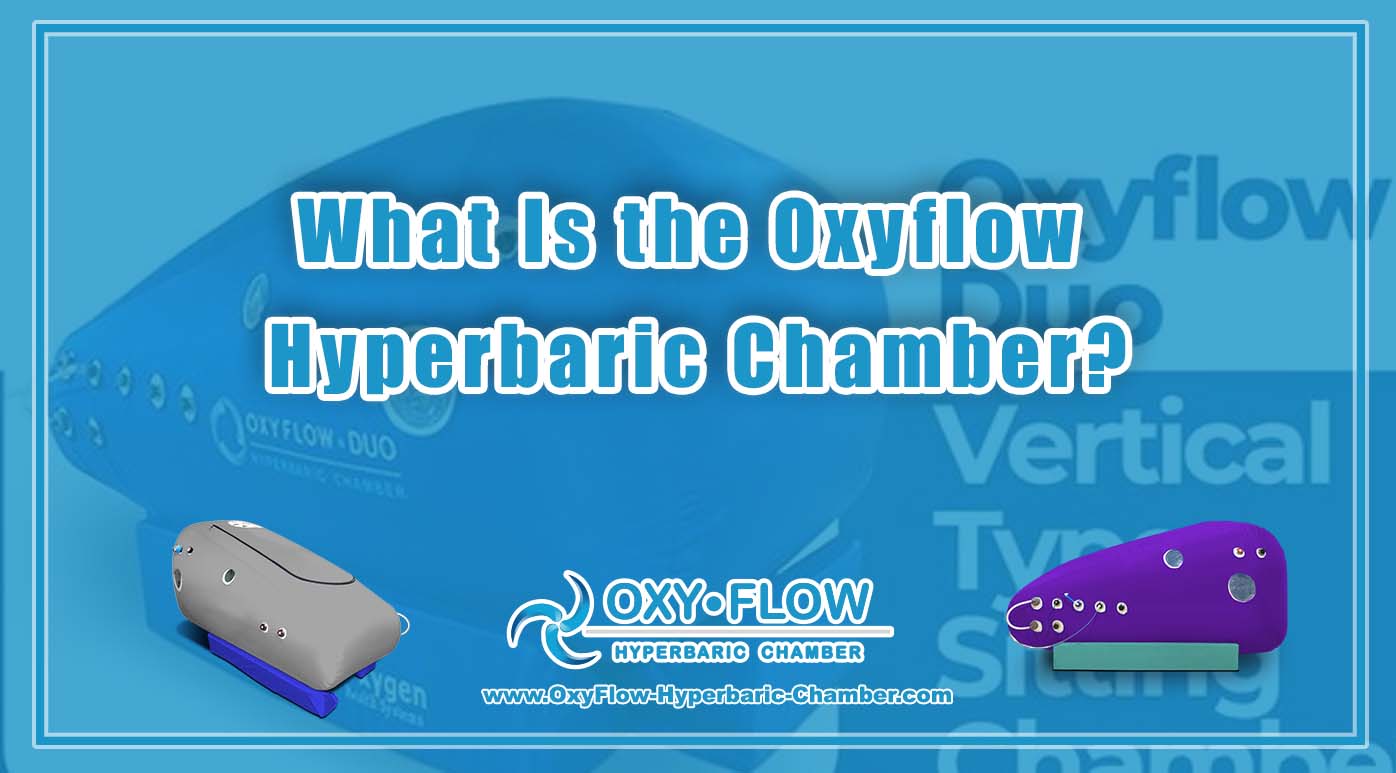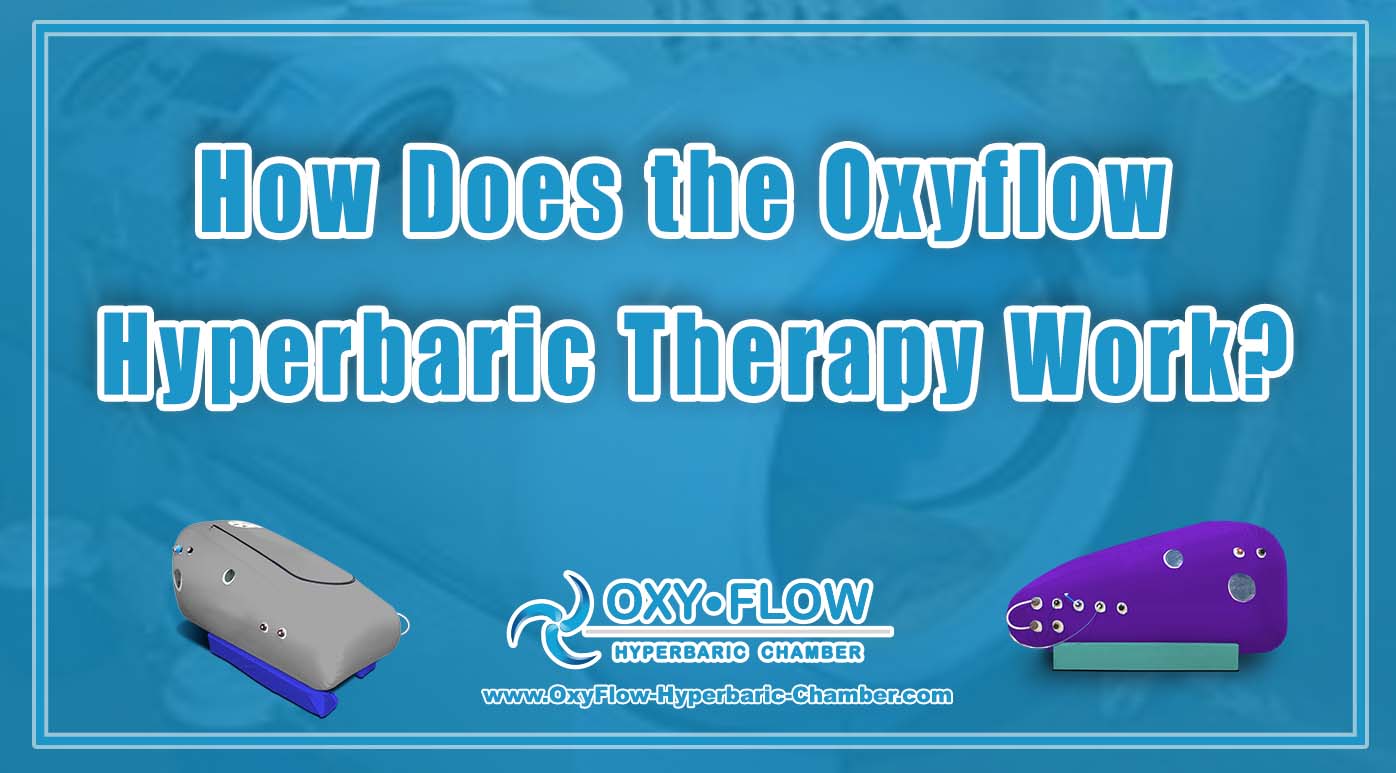
Hyperbaric Treatment | Boosting Recovery After Stroke.
Hyperbaric Treatment | Boosting Recovery After Stroke.

In recent years, hyperbaric treatment has gained attention as a promising therapy for boosting recovery after a stroke. With the potential to improve outcomes and enhance the quality of life for stroke survivors, hyperbaric treatment offers a non-invasive approach that harnesses the power of oxygen to promote healing and regeneration in the brain.
Understanding Hyperbaric Treatment.
Hyperbaric treatment, also known as hyperbaric oxygen therapy (HBOT), involves breathing pure oxygen in a pressurized room or tube. By increasing the amount of oxygen in the blood, hyperbaric treatment enhances the delivery of oxygen to tissues throughout the body, including those affected by stroke.
How Hyperbaric Treatment Aids in Stroke Recovery.
Stroke survivors often experience a range of physical, cognitive, and emotional challenges as they navigate the road to recovery. Hyperbaric treatment can play a valuable role in the rehabilitation process by:
Boosting Recovery After Stroke Stimulating Neuroplasticity.
Hyperbaric treatment has been shown to promote neuroplasticity, the brain’s ability to reorganize and form new neural connections. By enhancing oxygen delivery to the brain, HBOT can support the brain’s natural healing mechanisms and facilitate the rewiring of neural pathways in response to stroke-related damage.
Reducing Inflammation.
Inflammation plays a key role in the secondary damage that occurs after a stroke. Hyperbaric treatment has anti-inflammatory effects, helping to reduce swelling and inflammation in the brain. By modulating the inflammatory response, HBOT contributes to a more favorable environment for recovery and tissue repair.
Boosting Recovery After Stroke Enhancing Cellular Repair.
Oxygen is essential for cellular metabolism and repair processes. Hyperbaric treatment stimulates the production of growth factors and promotes the formation of new blood vessels, a process known as angiogenesis. These effects can support the regeneration of damaged brain tissue and improve overall brain function.
Improving Oxygenation.
One of the primary benefits of hyperbaric treatment is its ability to increase tissue oxygenation. By delivering high concentrations of oxygen under pressure, HBOT ensures that oxygen reaches areas of the brain that may have compromised blood flow. This oxygen-rich environment can enhance energy production in brain cells and promote healing.
Evidence Supporting Hyperbaric Treatment for Stroke Recovery.
Research studies have provided valuable insights into the potential benefits of hyperbaric treatment for stroke recovery. While more research is needed to fully elucidate the mechanisms of action and optimal treatment protocols, existing evidence suggests that HBOT may offer several advantages for stroke survivors:
Improved Functional Outcomes.
Multiple studies have reported improvements in functional outcomes, such as motor skills, speech, and cognitive function, following hyperbaric treatment in stroke survivors. These improvements are attributed to the neuroprotective and regenerative effects of oxygen therapy on the brain.
Enhanced Rehabilitation Efforts.
Hyperbaric treatment can complement traditional rehabilitation strategies by promoting faster recovery and enhancing the efficacy of rehabilitation interventions. By supporting neuroplasticity and cellular repair, HBOT can maximize the benefits of physical and cognitive therapy for stroke survivors.
Reduced Risk of Complications.
Hyperbaric treatment has a favorable safety profile and is well-tolerated by most patients. By reducing inflammation and improving oxygen delivery, HBOT may help prevent secondary complications associated with stroke, such as infection, edema, and neuronal damage.
Long-term Neuroprotective Effects.
In addition to its immediate benefits, hyperbaric treatment may exert long-term neuroprotective effects that support ongoing recovery and reduce the risk of recurrent strokes. By enhancing brain resilience and promoting tissue repair, HBOT offers a promising avenue for long-lasting improvements in stroke outcomes.
Incorporating Hyperbaric Treatment into Stroke Rehabilitation Programs.
Integrating hyperbaric treatment into stroke rehabilitation programs requires a multidisciplinary approach that considers the individual needs and goals of each patient. Key considerations for incorporating HBOT into stroke recovery plans include:
- Patient Selection: Not all stroke survivors may be suitable candidates for hyperbaric treatment.
- Treatment Protocols: Close monitoring and regular assessments are essential to optimize treatment outcomes and adjust the treatment plan as needed.
- Collaborative Care: Collaboration among healthcare providers, including neurologists, physiatrists, and hyperbaric medicine specialists, is crucial for coordinated care.
Conclusion.
Hyperbaric treatment holds promise as a valuable therapeutic modality for enhancing recovery after a stroke. By leveraging the neuroprotective, regenerative, and anti-inflammatory properties of oxygen therapy, HBOT offers a non-invasive and well-tolerated approach to supporting brain health and function in stroke survivors. As ongoing research continues to shed light on the mechanisms of action and optimal use of hyperbaric treatment in stroke rehabilitation, healthcare providers.


